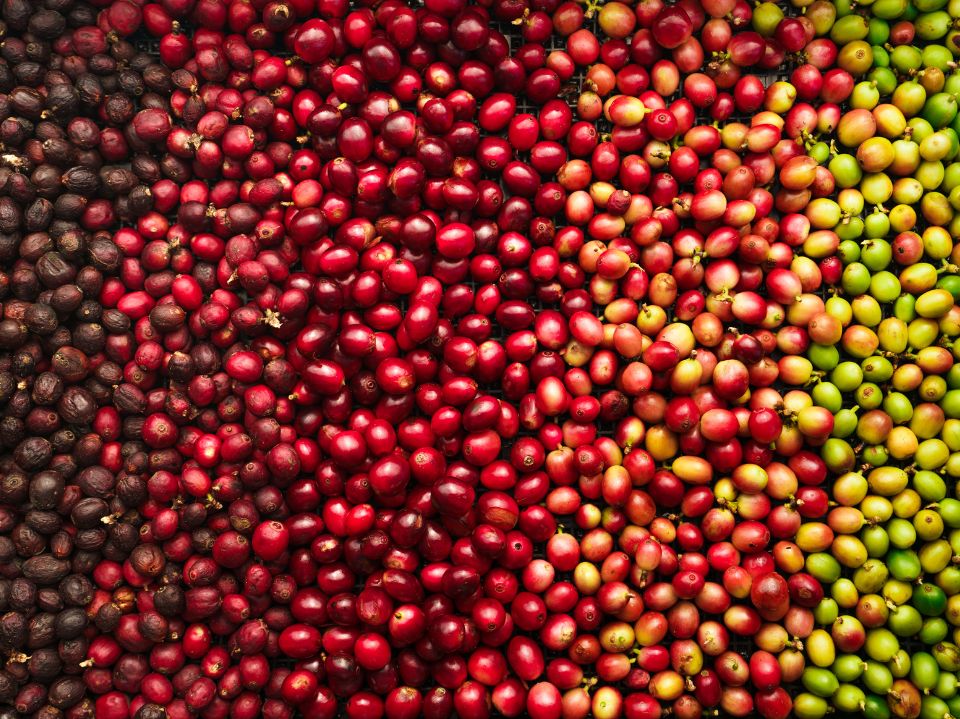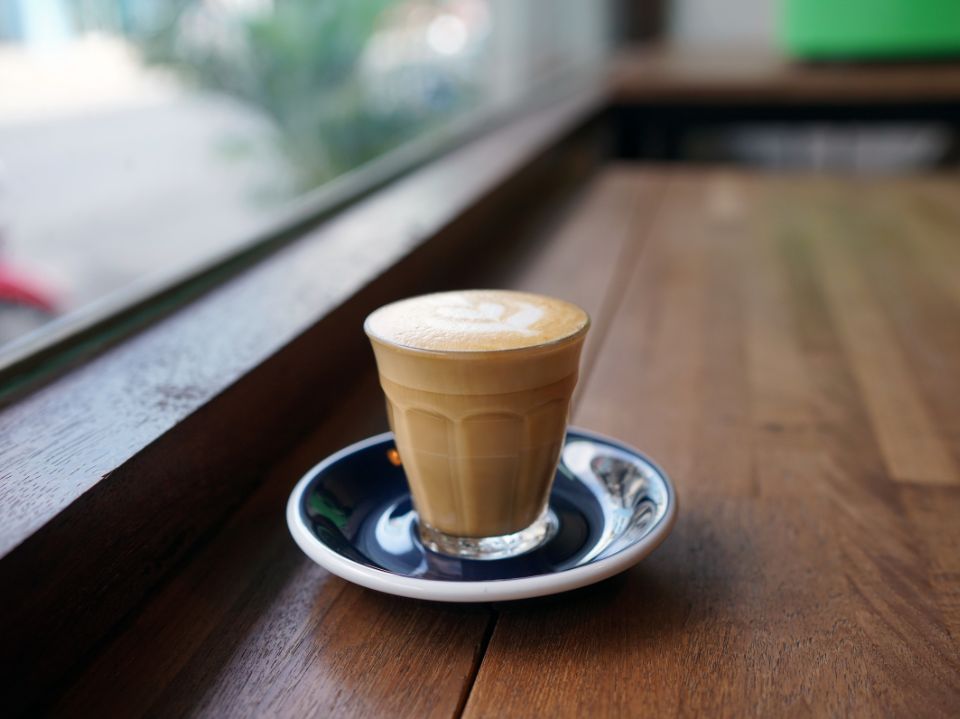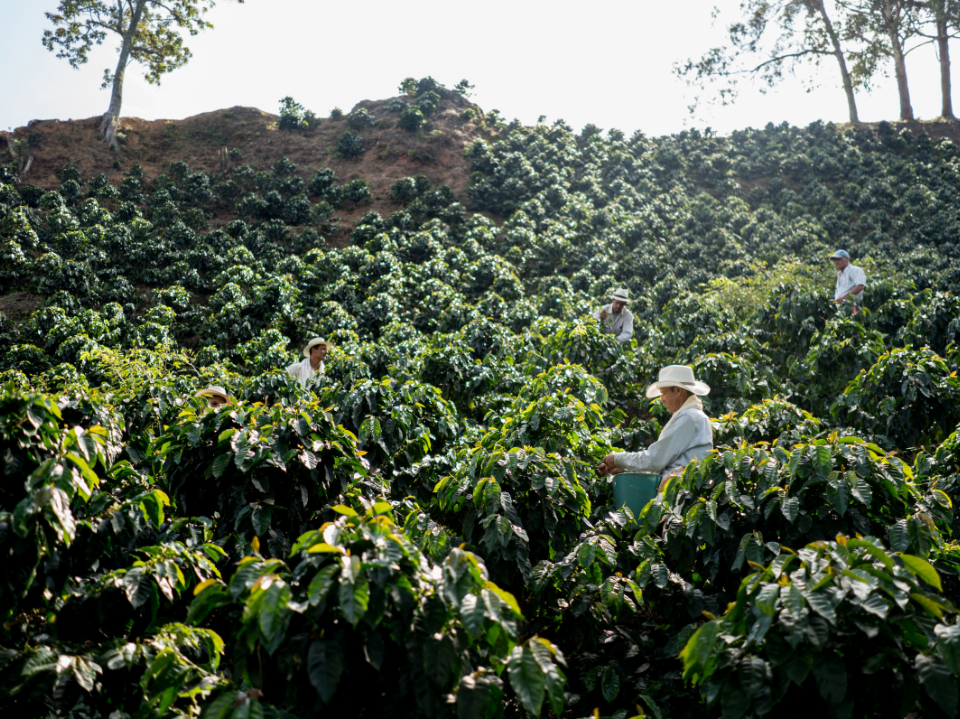Coffee is a staple in our daily lives. Whether it's a delicious cup to start the day or a midday pick-me-up, coffee is a beverage many people love.
The coffee you enjoy and drink every day has travelled far and gone through several steps to end up in your cup.
Let’s take a look at how coffee is made so you can savour your next cup of coffee even more.
How Coffee Is Made (7-Step Process)
1. Planting
The coffee growing process starts with a seed. If the coffee seed is dried, roasted, and ground, it can be used to brew a delicious cup of coffee. A coffee seed can also be planted and developed into a coffee tree.
Planting is typically done during the rainy season to keep the soil moist while the roots take shape.
2. Harvesting
The next step in the process of coffee is harvesting. Newly planted coffee plants won't start producing fruit for three to four years. When the coffee cherry fruit is mature and prepared for harvest, it turns a vivid, deep red.
Coffee cherries can be hand-picked by coffee farmers to ensure only the best are picked. In other countries, cherries are machine harvested. However, there are only two ways to harvest coffee:
- Strip pick: All of the cherries are removed from the branch.
- Selectively pick: The red cherries are harvested while the green cherries are left to mature, and they are all picked by hand.
3. Cherry Processing
Processing must start as soon as the coffee has been picked to avoid fruit rotting. Coffee beans are processed in one of two ways:
- Dry method: Also known as “unwashed” or “natural” processing, the fresh cherries are dispersed over a broad area and are left to dry for 15 to 20 days in the sun. In this coffee production method, the dried outer layer is peeled off to reveal the green bean.
- Wet method: With the wet coffee production method, the coffee cherry is stripped of all remaining fruit and pulpy plant material, leaving only the coffee bean.
4. Milling
The dried coffee beans go through the following procedure before being shipped.
Hulling entails removing the endocarp, mesocarp, and exocarp of parchment coffee. The goal of polishing is to remove any silver skin that could have survived the hulling process. Beans that have been polished are thought to be of greater quality than those that have not.
Following sorting, the beans are graded according to their weight and size.
5. Roasting
Green coffee is transformed during roasting into the flavourful brown beans that we purchase. Throughout the entire roasting process of coffee beans, the beans are continuously monitored and rotated.
Once they reach an internal temperature of 200 degrees Celsius, they turn brown and produce the wonderful flavour and aroma of the coffee we enjoy. One of our favorites is the Distefano medium roast.
6. Tasting
Coffee is regularly tasted and evaluated for quality. Coffee is judged by tasters according to its acidity, body, and aftertaste. This is also known as Cupping, which is the method used to also taste roasted coffee batches checking for cleanness, sweetness and mouthfeel.
7. Serving
To extract the best taste from a cup of coffee, a perfect grind is necessary. The type of grinding affects how quickly the flavours in the coffee shine through and also depends on your brewing method.
Coffee should be kept in airtight containers and should be resealed properly to ensure the best-tasting cup of coffee.
Enjoy Specialty Coffee Beans with Di Stefano Coffee Roasters
Now that you know how coffee beans are made, you can enjoy a good cup of coffee while also appreciating the route it took to get to you. It’s a long journey but so worth it!
When brewing coffee at home or the workplace, choose Di Stefano's specialty coffee for the greatest flavour. Searching for a little more spice in your life? Try our Chai Latte Mix!



